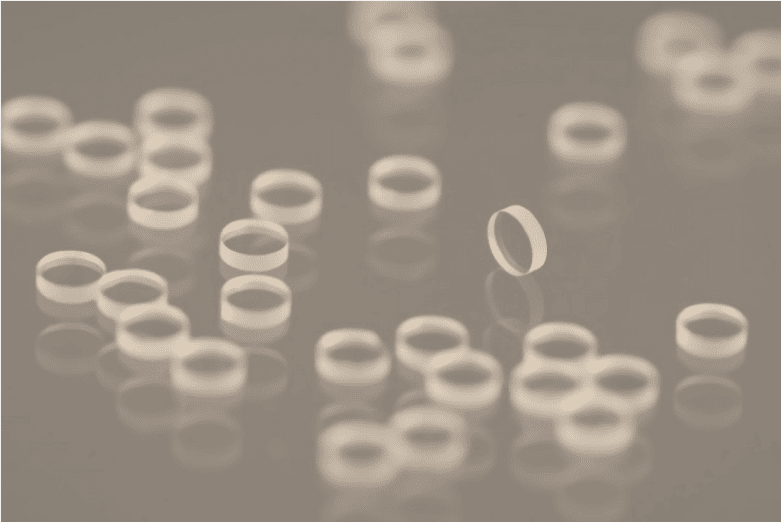One of the benefits to the recent advancements of micromachining is the ability to make pieces and products at scale in bulk. This process is known as bulk micromachining. In this post, we’ll cover just exactly what is bulk micromachining and how it is used in modern applications. Let’s dive in!
What is Bulk Micromachining?
Bulk micromachining is a method of making extremely tiny mechanical or electrical components. This process typically uses wafers of silicon, plastic, or glass substrates. Bulk micromachining starts with a solid piece and removes material until it reaches its final shape, as opposed to surface micromachining, which builds a piece layer by layer. The most common method for performing bulk micromachining is via selective masking and wet chemical solvents. The newer alternative to this method is dry etching using laser system to remove unwanted material. This is generally more accurate than wet etching, but is slightly more expensive.

What is Bulk Micromachining Used For?
As the name implies, micromachining is the process of making really small parts, down to hundreds of micrometers. The components could be anything from a diode to a toothed gear that is the size of the end of a pen. In order make these components, micromachine manufacturers will use bulk micromachining. This process is very similar to how a statue is made from a chunk of marble, except bulk micromachining is down at the microscopic level. The vast majority of bulk micromachining has been done using silicon as the substrate of choice. However, micromachine engineers at Citrogene have mastered the art of glass micromachining.
Engineers take a piece of glass, and using bulk micromachining process, they remove any part that is unwanted until the final design is achieved. Two processes are most common: wet chemical etching and dry etching. Wet chemical etching involves the use of a protectant solvent, that is then selectively removed to expose the areas of the piece that will be removed. The work piece is then exposed to the solvent, which then dissolves any unprotected areas and leaves the remainder intact.
Dry etching is a newer technique that is on the way to replacing wet chemical etching. In Dry etching, a high precision laser is used to vaporize and remove the unwanted material. Compared to the wet etching process, dry etching is cleaner, quicker, and more precise. Due to dry etching being a faster process, micromachine engineers are able to manufacture parts at a higher rate, thus reducing overall cost of a project.
Citrogene: Glass Micromachine Engineers
Citrogene is the leading glass microfabrication expert in the world. We have the skills, knowledge, tools, and expertise to execute your custom design to perfection. We utilize the best microfabrication and micromachining techniques to achieve you desired outcome for a product. When it comes to producing microfabricated devices, pieces, or instruments, there is only one trusted microfabrication partner to consider: Citrogene. Contact us today to learn more about our glass microfabrication capabilities.
